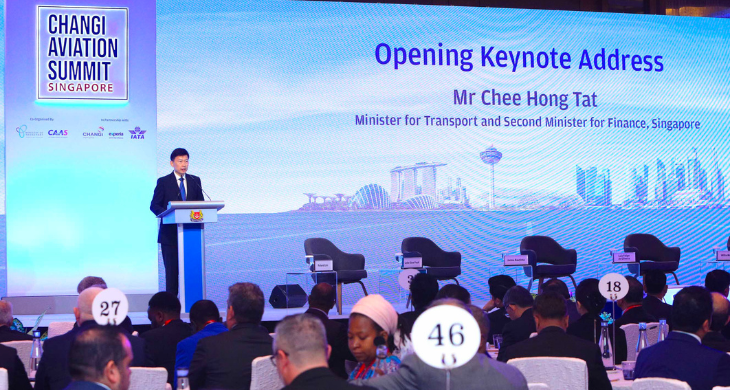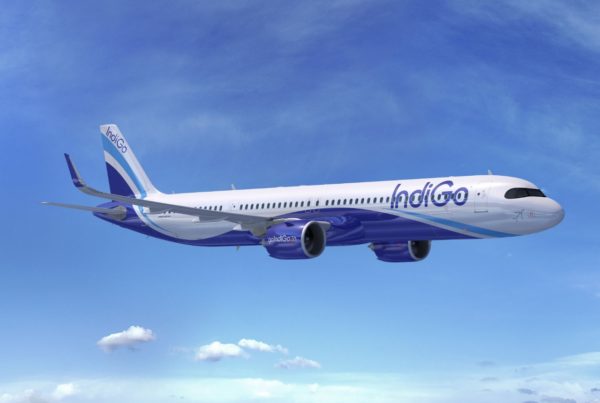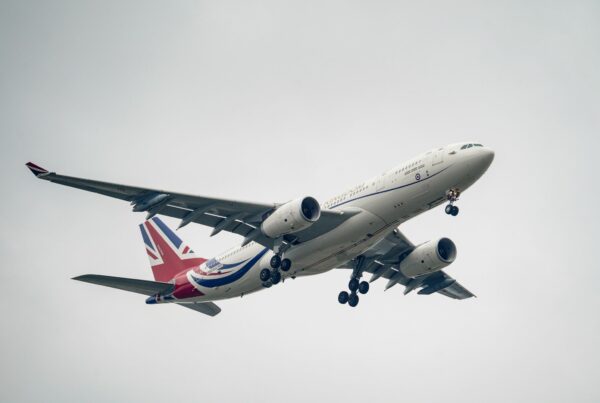Emma Kelly / Singapore
The Singapore Government has launched the Singapore Sustainable Air Hub Blueprint, which sets out the action plan for the decarbonisation of the country’s aviation sector.
The blueprint, which was developed by the Civil Aviation Authority of Singapore (CAAS) in consultation with industry stakeholders, will be submitted to the International Civil Aviation Organization as Singapore’s State Action Plan this month.
It sets out Singapore’s medium-term and long-term targets, and concrete steps to decarbonise Singapore aviation. CAAS will work with aviation stakeholders to reduce domestic aviation emissions from airport operations by 20% from 2019 levels (404ktCO2e) in 2030 and achieve net zero domestic and international aviation emissions by 2050. This will be achieved through 12 initiatives across the airport, airline and air traffic management (ATM) domains.
Under the airline domain, CAAS will build an ecosystem to support the use of Sustainable Aviation Fuel (SAF). SAF will be required for flights departing Singapore from 2026, and a SAF levy will be introduced for the purchase of SAF. The country is aiming for a 1% SAF target initially, rising to 3–5% by 2030. CAAS will introduce a SAF levy for the purchase of SAF to achieve the uplift target based on a fixed cost envelope approach to provide cost certainty to airlines and travellers. The levy will vary based on factors such as distance travelled and class of travel, in a move which would increase the ticket price for an economy class passenger on a direct flight from Singapore to Bangkok, for example, by around S$3.
CAAS will undertake three initiatives to improve ATM operations to increase efficiency and reduce fuel burn over the next five years, including advanced demand-capacity balancing implementation, performance-based navigation enhancements, and gate-to-gate trajectory optimisation.
These initiatives are expected to bring about a 10% reduction in additional fuel burn and emissions.
“Singapore’s approach is to enable the aviation sector to achieve both growth and environmental sustainability so that future generations can continue to enjoy the benefits of flying. The Singapore Sustainable Air Hub Blueprint demonstrates this balanced approach. The measures were developed after careful study and close consultation with domestic and international stakeholders,” says Chee Hong Tat, Minister for Transport and Second Minister for Finance.



Image: Emma Kelly








